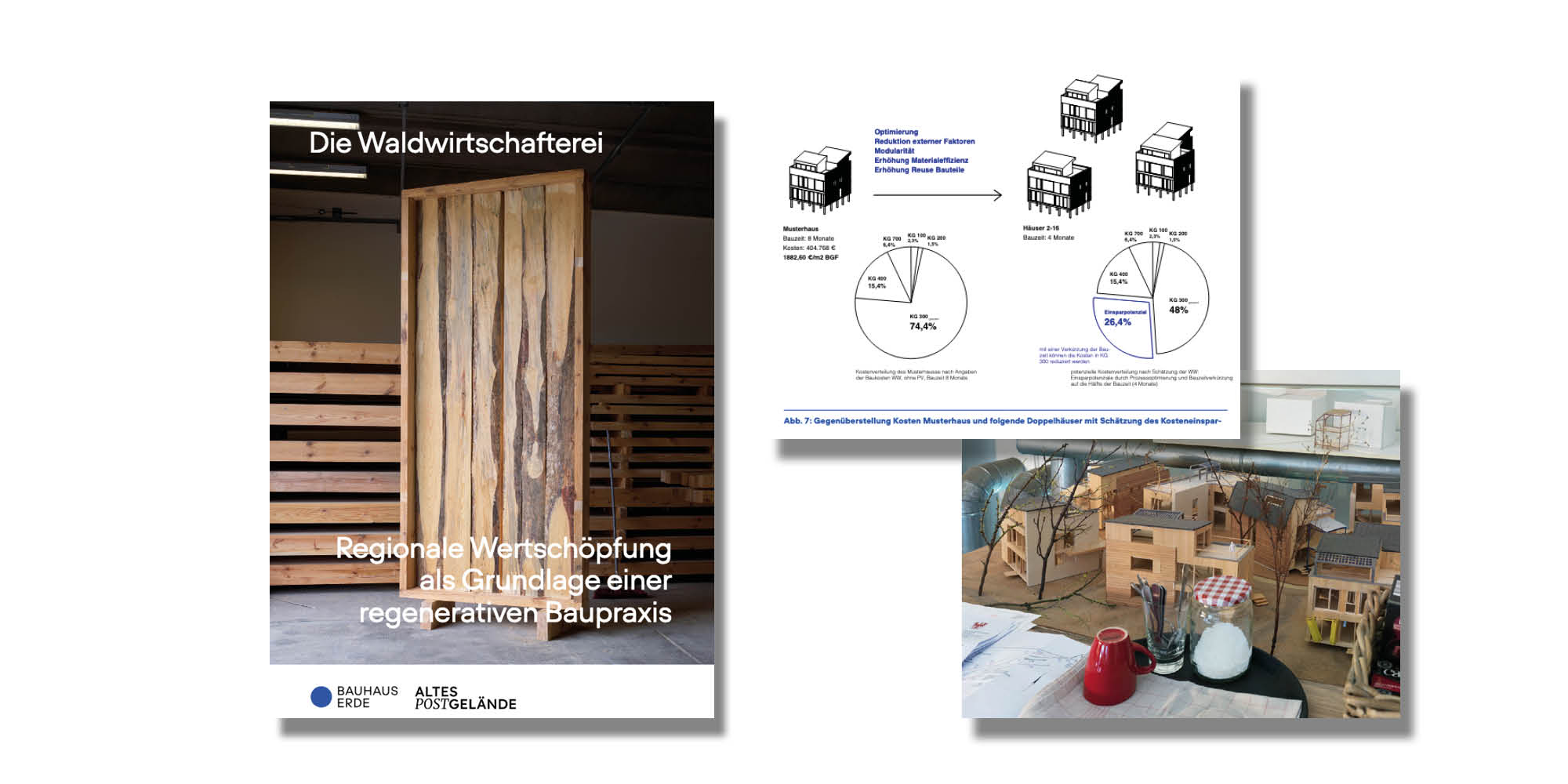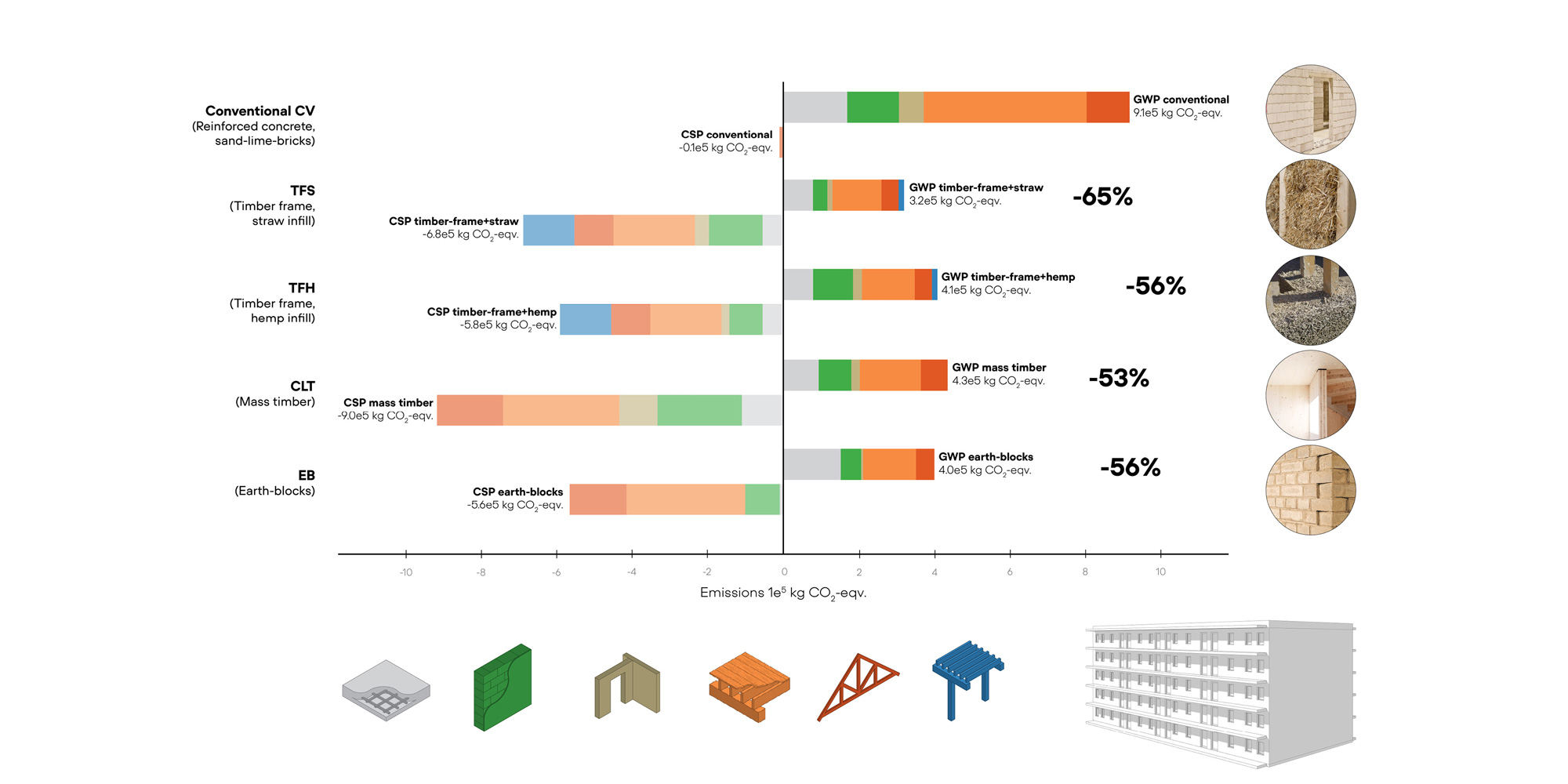
Shellfish industry waste becomes a valueable resource in Heidi and Angie's work. © Camila Piazza
All articles
CONQ: Launch of BE-FELLOW Project in Buenos Aires
Date
16/7/2024
Read time
0
minutes
Adapted from a text by Noelia Pirsic.
In the new project "CONQ: From Mono-material to Multi-performance", BE-FELLOWs Heidi Jalkh and Angie Dub seek to transform discarded oyster shells, mussels, and razor clams into bioceramic material. CONQ — the name referring to conchology, the scientific study of mollusc shells — challenges the architectural design status quo by exploring the rethinking and reuse of fishing industry waste streams for architectural application. As part of the Bauhaus Earth Fellowship Program (BE-FELLOW), a collaboration between Bauhaus Earth and Experimental foundation, Angie and Heidi are working in Buenos Aires and Berlin to explore potential applications for these bioceramic materials at scale.
“There are many parts of the building design process where you can reduce your carbon footprint, from the materials you choose to the construction processes and the waste from the building site. With this project we are interested in exploring how materials, their production and transport, and their technical properties and lifecycles can contribute to a more sustainable architecture.”
– Angie Dub

CONQ launches in Buenos Aires
On Wednesday, 19 June, Espinosa Estudios in Buenos Aires hosted the official launch of CONQ. The multifaceted event combined presentations, a panel discussion, and an interactive exhibition. More than eighty attendees, including students, professors, and professionals from various fields, gathered to have a closer look at the project.
Angie and Heidi emphasized that their experimental materials present an alternative — not a total replacement — for traditional materials. The Fellowship project is focuses on the multi-performance of the bioceramics: what was originally envisioned as a lightweight cladding could have other uses, depending on what the Fellows discover during their tests.
“When we talk about biomaterials, we refer to those materials that have a biological origin. Those of us who choose to use these types of materials work with materiality at the centre: it is our starting point because it allows us to trace the source of origin of the materials, their transformations, their production methods, and what happens after they are discarded or reinserted into the system”
– Heidi Jalkh
Building with different perspectives
Rosa Hanhausen, co-manager of the BE-FELLOW program, opened the event remotely from Berlin. She presented statistics demonstrating that the construction industry is responsible for 42 per cent of carbon emissions. Around 27 per cent can be attributed to the production of materials such as steel, cement, aluminium, and iron alone. At the same time, the demand for these damaging building materials continues to increase: according to some estimates, built-up area will double worldwide by 2060. Rosa underlined the need to look for regenerative and circular alternatives in architecture.
The main event was a round table discussion with experts representing fields ranging from gastronomy to chemical sciences to construction. The architect Rodrigo Martín Iglesias, professor of the chair of Design of Futures of the Faculty of Architecture, Design and Urbanism (FADU) of the University of Buenos Aires (UBA), moderated the discussion.
The diversity of the panellists’ backgrounds was apparent in their approaches to and ideas for the material. "When Angie and Heidi contacted me and told me about the project, I found it very interesting because for us this material is waste, and I'm excited that it can be used," explained chef Maximiliano Rossi, whose restaurants Ultramarinos and Picarón BA supply much of the raw material used in this research. Marine biologist Juliana Giménez explained the biological and ecological considerations in the harvesting of the molluscs. Dr. Ernesto Marceca brought in the molecular approach, delving into the chemical reactions occurring in the processing of the shell materials with alginate binders. Finally, architect Francisco Cadau discussed additional architectural qualities for the material. He suggested that it could potentially function not only as cladding, but also as permeable skins that allow for a gaseous exchange between inside and outside. This could contribute to the creation of healthier environments and mitigate the problems associated with completely enclosed and artificially ventilated spaces.
First impressions of a novel idea
In an interactive exhibition, attendees could touch and examine samples of Heidi and Angie’s experimental bioceramics and the raw materials from which they are made. Lorenzo Rossi, industrial designer and project assistant, demonstrated how the material is produced at room temperature.
An enthusiastic public made it clear that these experiments already hold great potential to inspire and engage people across many disciplines. "I am aware of these issues because I am an industrial designer, but I attended because I would also like to contribute to making things better. It is very important to be informed so that we have more awareness when it comes to consumption but also when it comes to design," said one visitor. An attending biologist said that he was "happy to see that some of the [concept of] circularity is starting to go beyond biology and expand into other areas such as design or architecture with the idea of taking advantage of existing resources to make new materials. This view opens up an infinite world.”
Press Gallery
Partners


-web-(c)-414films.jpg)








